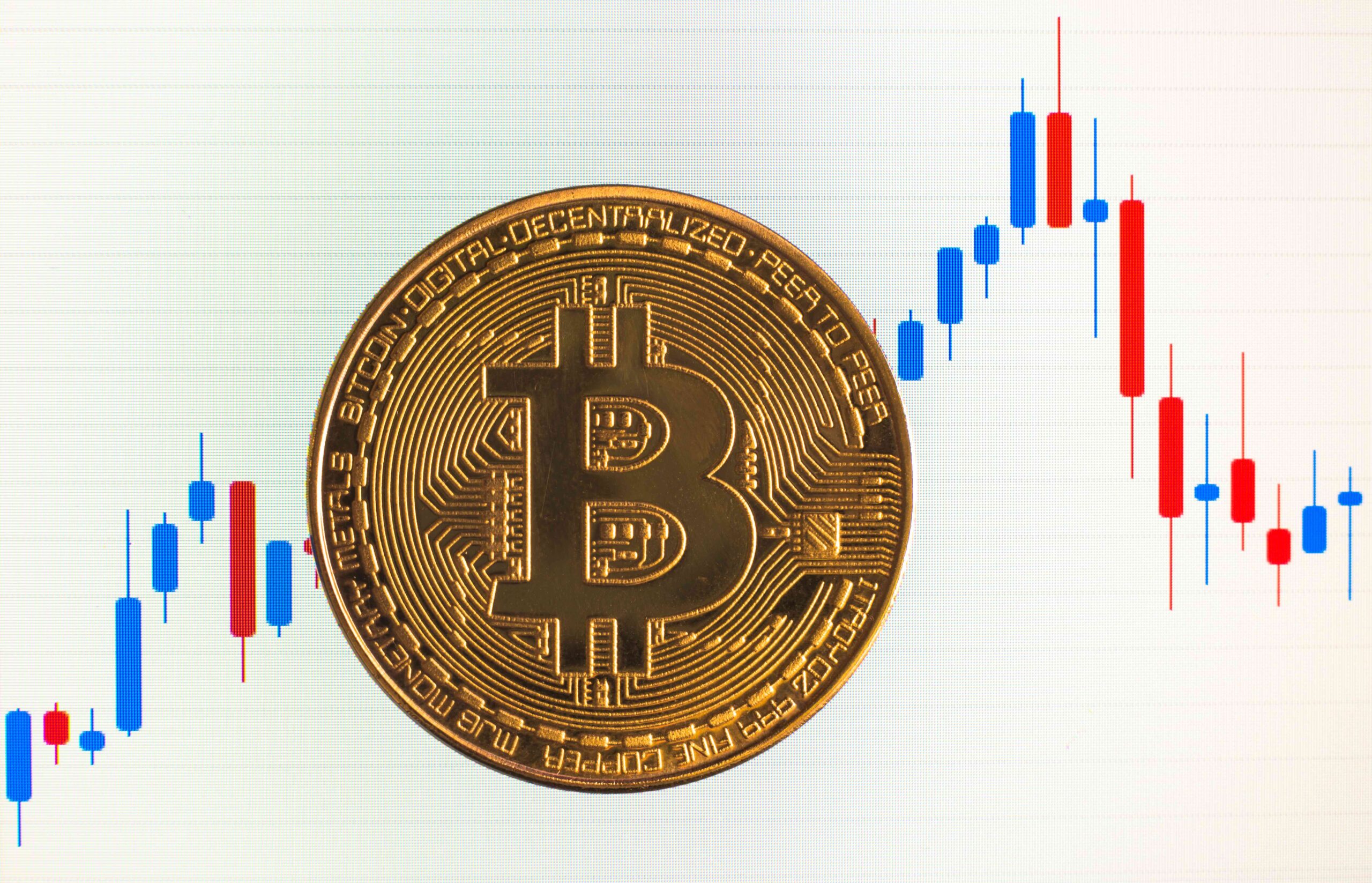At the end of 2017, the price of bitcoin was approaching the $20,000 mark. Already, a couple of months later, it fell by half. What happened? Was the bubble to blame? Was it panic? Or maybe… derivatives?
The Federal Reserve Bank of San Francisco believes one cause was the launch of bitcoin futures. This story is more than just an interesting moment from the past. It raises an important question for every crypto investor to answer: What happens when an optimistic market is visited by those who want to capitalize on its decline?
What Economists Are Talking About
A May 2018 letter from the Federal Reserve Bank directly pointed out that the advent of CME and CBOE futures gave “pessimists” access to the market—that is, the opportunity to short bitcoin. Up to that point, buying had prevailed. The market was growing with enthusiasm. And now, for the first time, there was an opportunity to bet against it.
What happened next is known. The price collapsed below $10,000. An accident? Maybe. But economists believe that the point is that the market became a full-fledged market with bulls and bears.
Key point is that futures are not just a tool, it’s a balance mechanism
Even if you don’t trade derivatives, it’s important to understand: the launch of futures is not just a new “platform.” It is a change in the whole market dynamics. And it does not always lead to growth. On the contrary, futures provide an opportunity to openly express pessimism. And when the market is overheated, that’s exactly what is needed to bring the price to its senses.
What Futures Are?
A futures contract is a contract in which an investor commits to buy or sell an asset in the future at a predetermined price. In the case of bitcoin, these are cash-settled futures where no one gets actual bitcoins, but you can make or lose money depending on where the price goes.
As one expert explained, such futures create a “synthetic market,” a pure platform for speculation. While they don’t move bitcoins directly, the impact is felt, especially if the market is still immature and volatile.
How Do Futures Influence the Market?
At first glance, it may seem that futures are harmful to cryptocurrencies. But the situation is not so straightforward.
What gives the launch of futures:
- An opportunity to hedge risks. For example, traders can fix a price at which they will accept payment in BTC.
- An influx of institutional interest in Derivatives makes the market more mature.
- Reduced volatility in the long term, the more participants and ways to interact, the more stable the market.
But there is a downside:
- In the short term, futures can increase speculation.
- There may be a gap between the “paper” market and real liquidity.
- Incentives for manipulation arise: It is enough to sell the price on the spot market to make money on futures.
What Does This Mean in 2024?
One simple thing to remember is that futures are not a signal to rise or fall but a sign of a maturing market. Once they become possible to bet against, volatility becomes more balanced, and growth less impulsive.
But that doesn’t make the market safer. On the contrary, you need to be more careful. In a derivatives environment, you can lose money not only because of miscalculation, but also because of behind-the-scenes games when big players short with leverage and crash the price for profit.
What can be learned from this whole story?
If you’re trading crypto, investing in it, or just curious about bitcoin futures history teaches an important lesson:
- Volatility is as much a risk as it is a tool;
- The emergence of futures is a game changer: You can now short;
- The crypto market is maturing and with that comes new opportunities, but also new threats;
- Mass adoption of crypto depends not only on price, but also on infrastructure;
- Futures can be a bridge between cryptocurrencies and traditional finance if used intelligently.
Futures are neither good nor evil. It’s just a tool. The question is who uses it and how. And if in 2018 it became a trigger for a collapse, in 2024 it may become the basis for stable growth.
Only one thing is still important: understanding what’s going on. Because in cryptocurrencies, ignorance is the most expensive mistake.


